US Conference Board Consumer Confidence rose to 91.3 in February, up from 88.9, above expectation of 90.2. Present Situation Index rose from 85.5 to 92.0. However, Expectations Index dropped from 91.2 to 90.8.
“After three months of consecutive declines in the Present Situation Index, consumers’ assessment of current conditions improved in February,” said Lynn Franco, Senior Director of Economic Indicators at The Conference Board. ”
“This course reversal suggests economic growth has not slowed further. While the Expectations Index fell marginally in February, consumers remain cautiously optimistic, on the whole, about the outlook for the coming months. Notably, vacation intentions—particularly, plans to travel outside the U.S. and via air—saw an uptick this month, and are poised to improve further as vaccination efforts expand.”
Full release here.




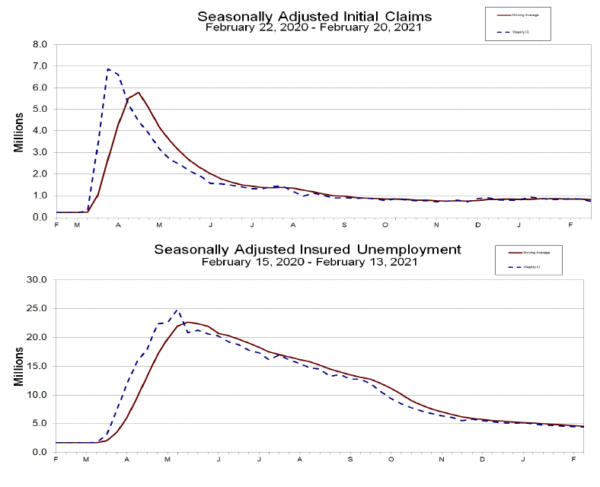

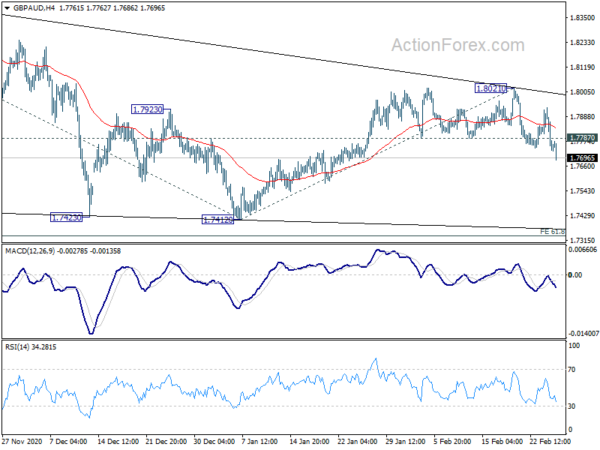
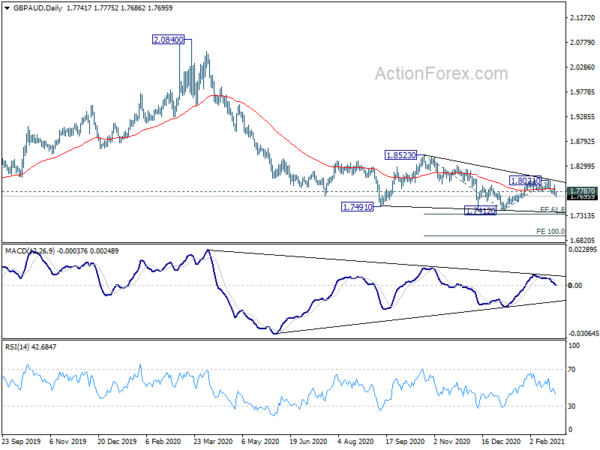
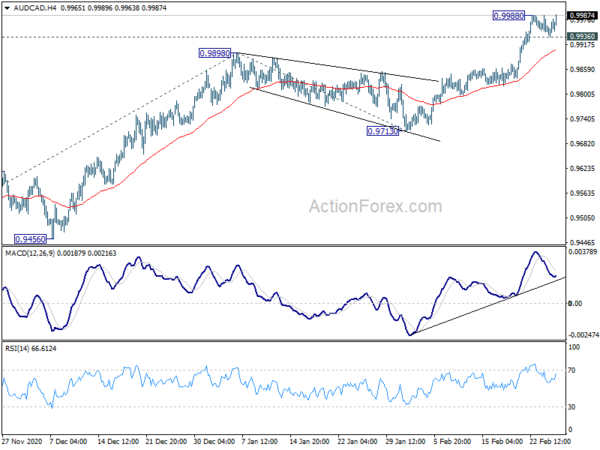


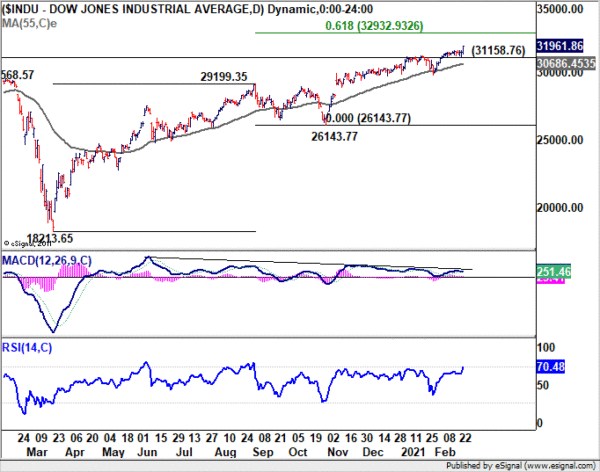
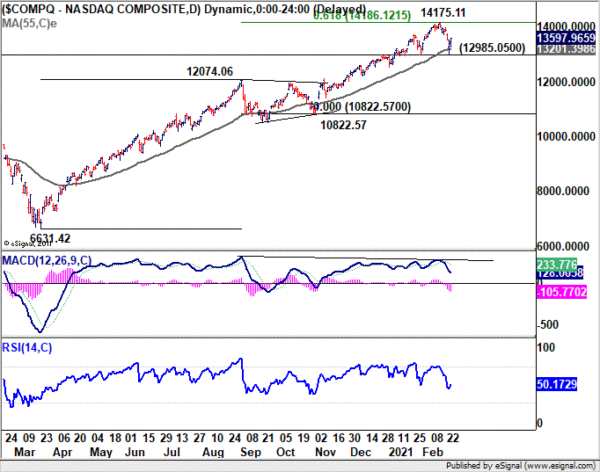
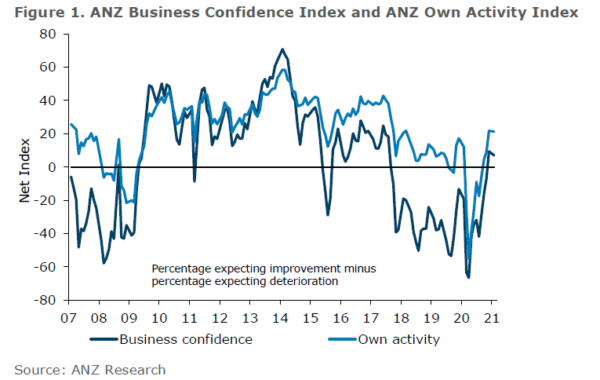
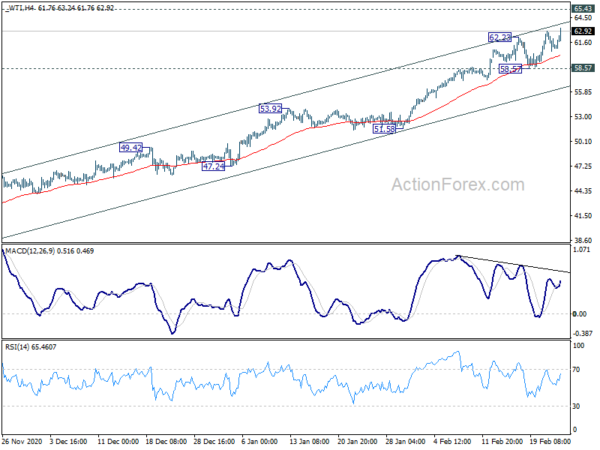
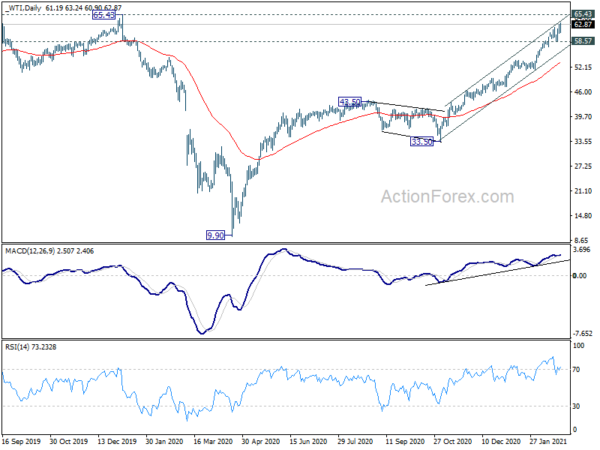
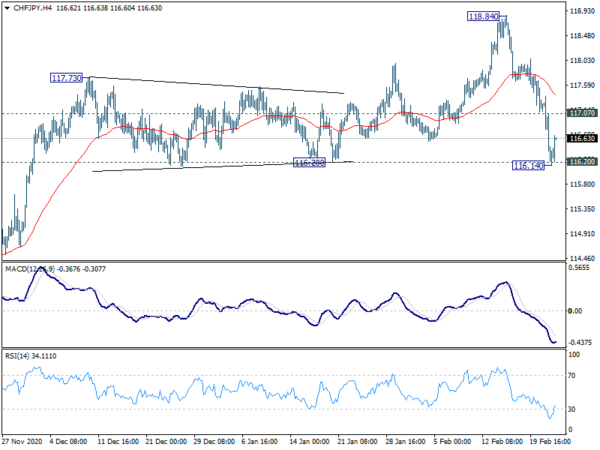
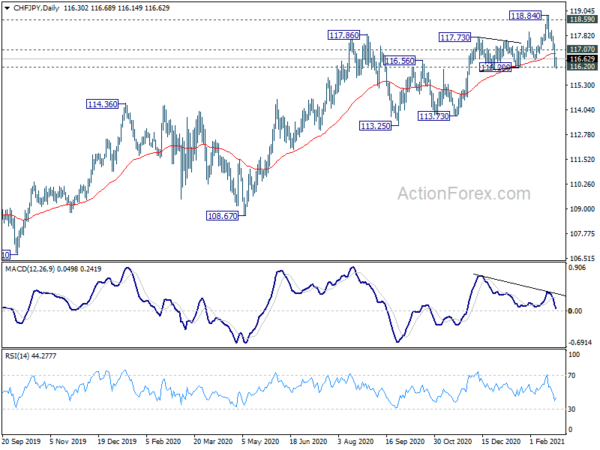
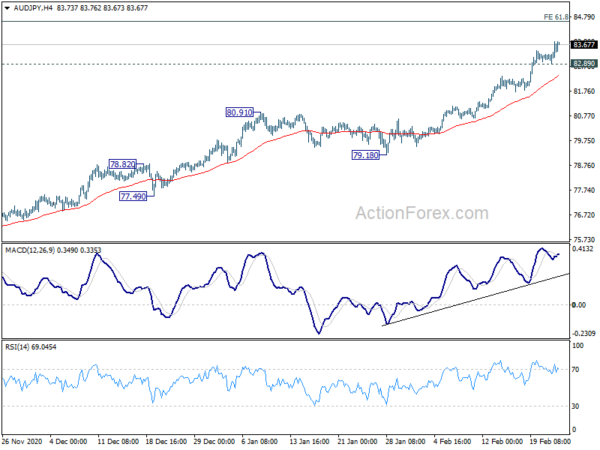
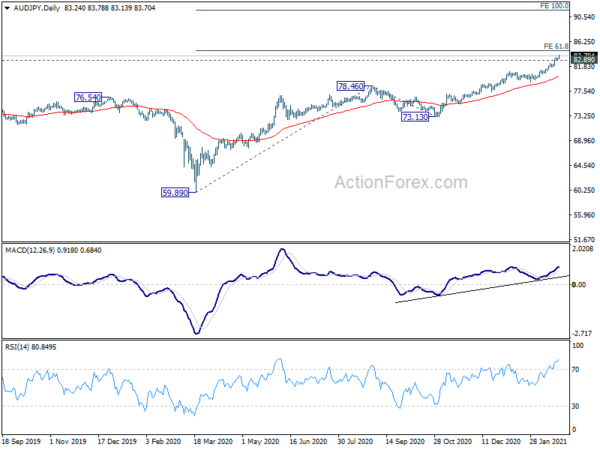
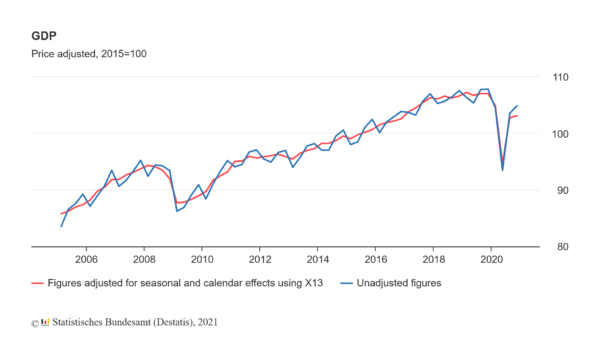
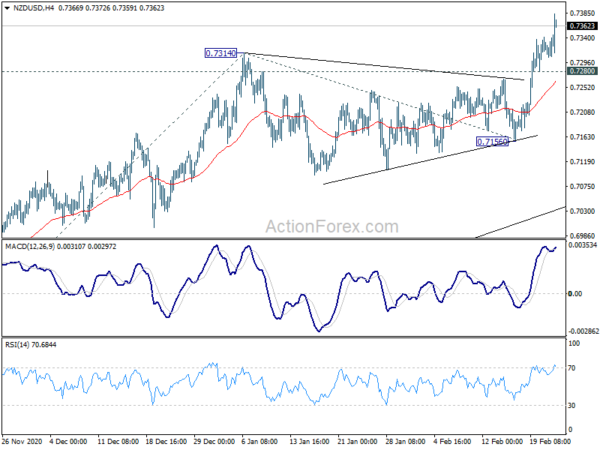
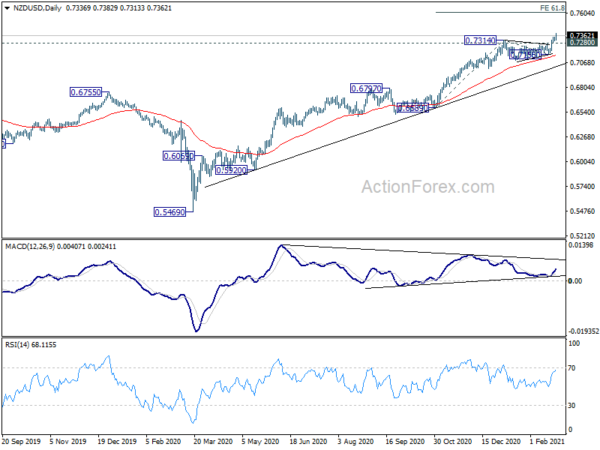
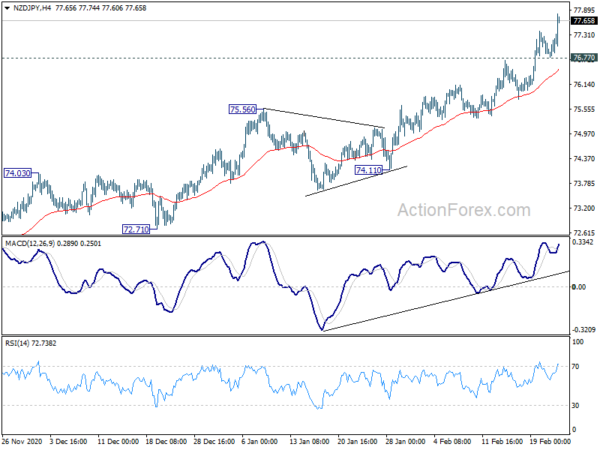
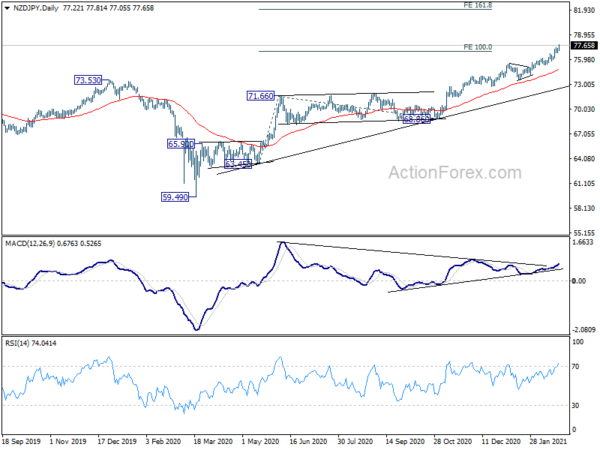

US durable goods orders rose 3.4% in Jan, ex-transport orders rose 1.4%
US durable goods orders rose 3.4% mom to USD 256.6B in January, above expectation of 1.1% mom. That’s the ninth straight month of growth. Ex-transport orders rose to 1.4% mom, above expectation of 0.7% mom. Ex-defense orders rose 2.3% mom. Transportation rose 7.8% to USD 85.1B.
Full release here.